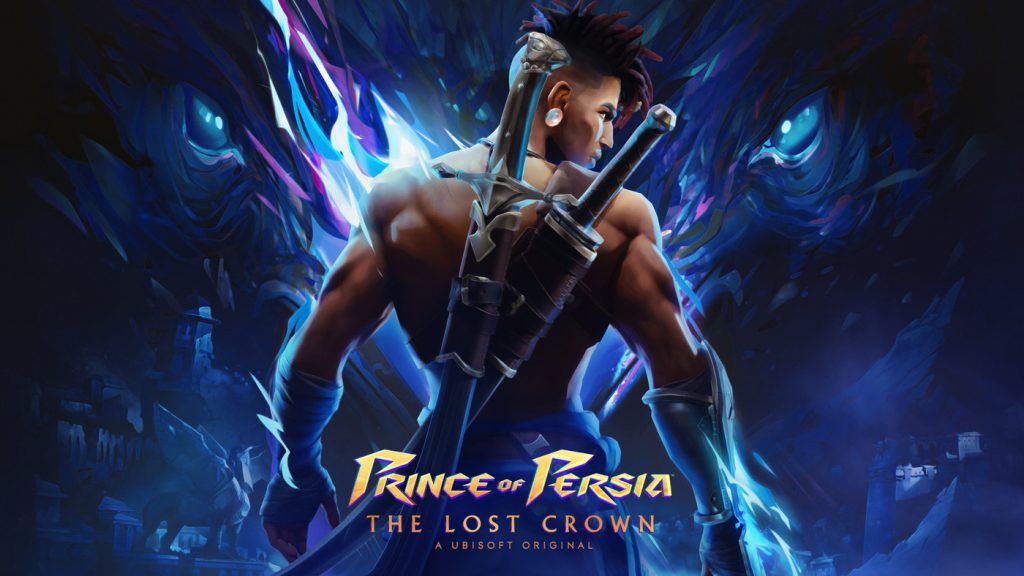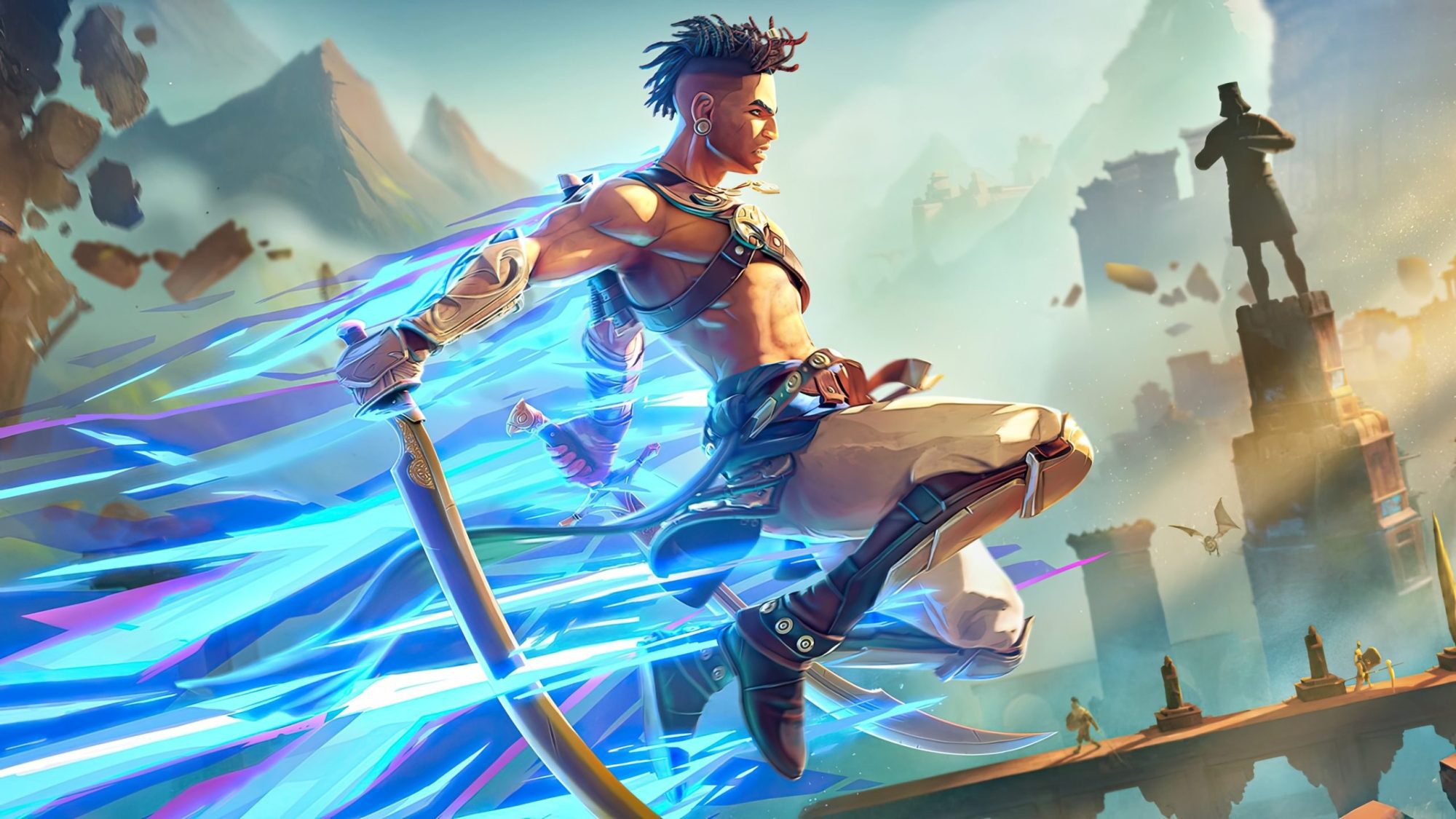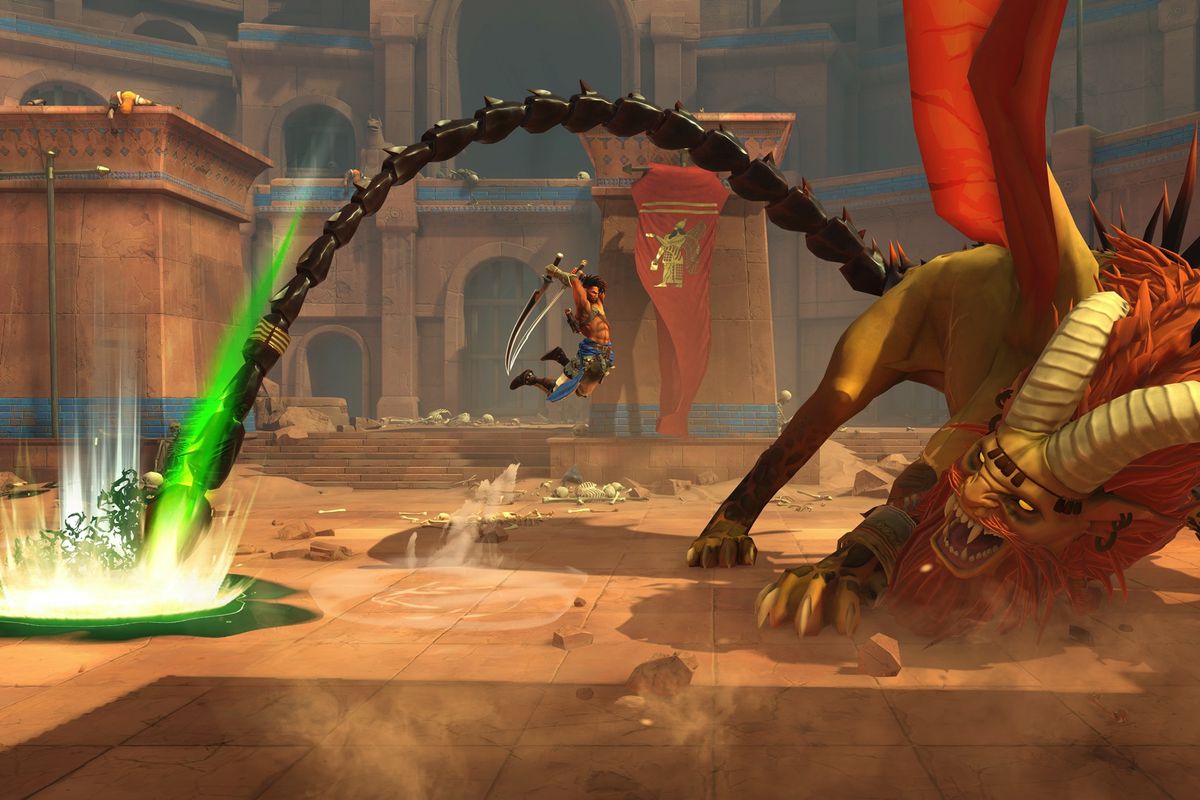
A solid Game of the Year candidate has emerged in 2024. Prince of Persia: The Lost Crown is simply great. I’ll keep this brief to go back to playing fast.
The Lost Crown is a 2D sidescrolling metroidvania. Sargon, a Persian Immortal, is your character. The Immortals and Sargon proceed to Mount Qaf to rescue the prince. Sargon will gain a variety of equipment, weapons, and trinkets to assist him navigate the strange (and vast) mountain.
Intriguing in an old-school way
The Lost Crown is intriguing since it doesn’t accomplish anything unique mechanically. The powers Sargon uses to overcome platforming problems are familiar. An air dash, a bow and arrow (that ricochets off surfaces), a dimension-shifting power that reveals incorporeal platforms, and an imprinting power that lets Sargon “save” his place and teleport back to it are all available.
I’m still playing, so this isn’t a complete list of powers, but Ubisoft isn’t reinventing the platformer wheel. It created a game that makes employing all these conventional powers immensely exciting. Thank you, level designers, since the finest part of The Lost Crown is figuring out the complicated dance of buttons I need to hit to go from A to B, executing it, and revelling in my godlike power. Even when problems are hard (and they are), Sargon’s smooth movement and forgiving power cooldown make me not feel annoyed repeating a pattern until I get it perfect.
Later in the game, you’re confined in a chamber and must employ Sargon’s ghost counterparts to retrieve a vital item. This is one of my favourite puzzles. Ghosts have a limited time to solve a problem, such as triggering a lever that opens a door for another ghost.
Exiting story lies in front of Sargon
Three ghost doubles gave me 12 seconds to fly down a shaft, build a double, stand on a pressure plate, double jump up another shaft, trigger a lever, teleport to my duplicate’s place, and wall-jump to the objective. Repetition is the worst part of challenging games, but I was so engrossed, like a sax player performing a Charlie Parker solo, that it took me almost 40 tries to solve the challenge and execute it.

Combat is challenging and gratifying. From routine adversary clashes to boss bouts, Sargon must utilise all his strength to survive. Like platforming puzzles, you memorise attack patterns, choose the correct item from your vast armoury, and perform a complicated dance against a boss who will punish you for being too greedy with damage. Sargon gains new fighting skills like a healing wave or a forceful thrust during the game, but I was able to ignore all but the first two. They didn’t appear significant or different enough beyond “hit harder than normal” to employ.
Bosses are not the only challenge you will face in the Prince of Persia
The Lost Crown seems more like a soulslike than a metroidvania due to its hard puzzles and boss encounters yet easy tool and weapon use. The challenges you face in a combat or puzzle are never cruel or tiresome, but rather a test of your evolution. The game seemed to suggest, “Okay, you’ve had your air dash ability for a while, let’s see how well you can use it.” My favourite part of video games is when gameplay reinforces narrative, and The Lost Crown does that by testing your skill mastery and introducing Sargon, a younger Immortal eager to prove himself.
Beyond buttery smooth platforming and sophisticated fighting, the map is the game’s most novel feature. Sure, the map. First, it’s huge. There are so many locations to explore and secrets to discover that even when you’re not moving towards the next plot goal, you’re receiving something—currency to purchase clues, upgrade materials, or necklace charms that boost Sargon’s powers.

Theme locations are just an add up in The Prince of Persia
Additionally, each location has a theme that affects platform hijinks. A sand region includes rivers that propel you down tiny passageways with insta-death spikes, while in the cursed library, you must use your bow-boomerang to strike bells to find secret platforms.
Metroidvanias can be boring if you don’t know what to do with your powers. Ubisoft’s signpost system in The Lost Crown lets you capture pictures of your location and attach them to the map. Each time you obtain a new power, you may check those screenshots to see if it opens a new region. I like these navigation methods since Ubisoft respects gamers’ time.
Last year’s deluge of massive, time-consuming, yet exciting movies left me wanting something simpler. With The Lost Crown, Ubisoft has transformed 2D sidescrolling metroidvania into a narrative and gameplay masterpiece.
Prince of Persia: The Lost Crown releases January 15 for Switch, Xbox, PlayStation, and PC.
